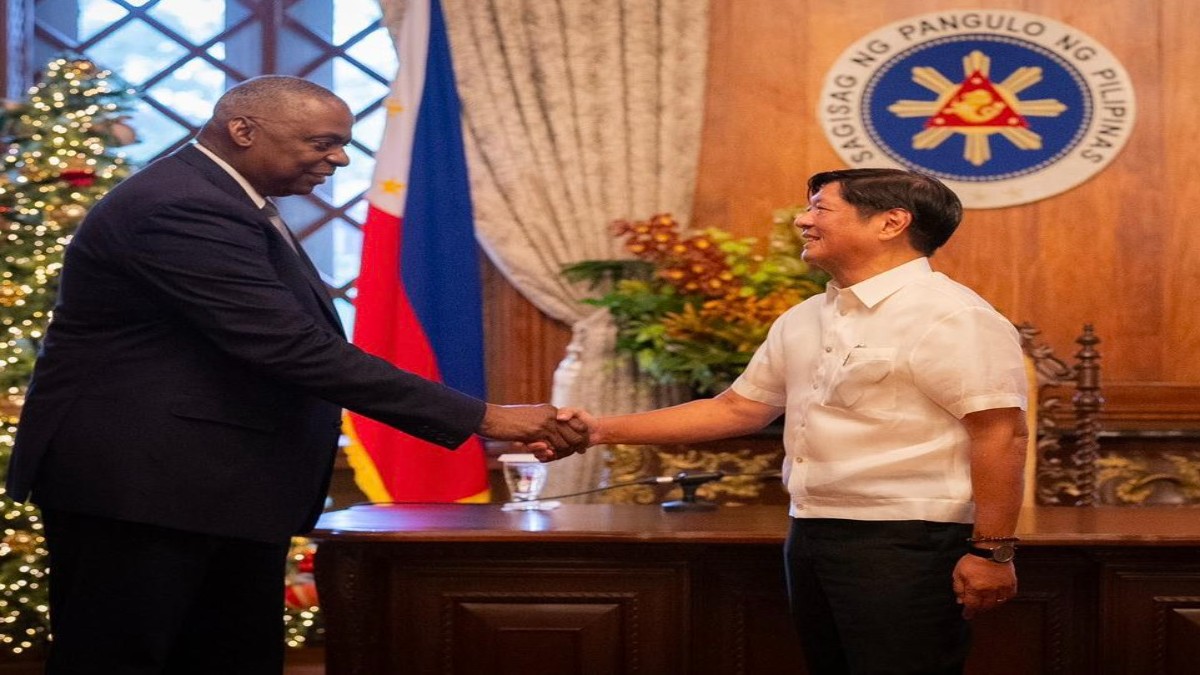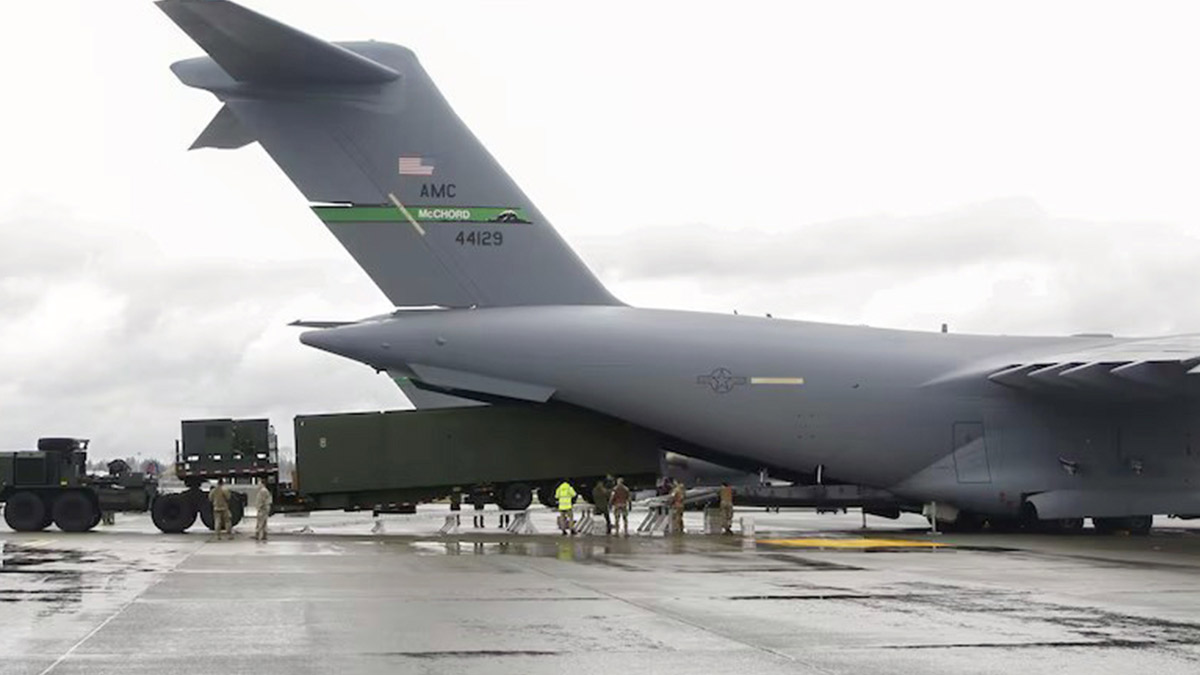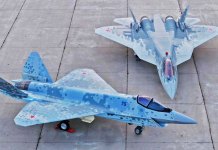The United States and the Philippines have taken a crucial step in bolstering their military partnership, signing a General Security of Military Information Agreement (GSOMIA) to facilitate the secure exchange of classified intelligence and advanced defense technologies.
On November 18, US Defense Secretary Lloyd Austin and Philippine Defense Secretary Gilberto Teodoro formalized the General Security of Military Information Agreement (GSOMIA) in Manila, a legally binding accord ensuring the secure exchange of classified military information.
The GSOMIA is poised to enhance Manila’s access to cutting-edge military capabilities from the United States, a move viewed as critical to addressing growing security threats.
While the agreement’s specifics remain undisclosed, the Philippine Department of National Defense said that the pact would enable the acquisition of advanced defense technologies.
“The agreement will allow the Philippines access to higher capabilities and big-ticket items from the United States,” the department said.
Secretary Austin, who received the Philippine Outstanding Achievement Medal during the ceremony, praised the strong defense cooperation between the two allies. His efforts have been lauded for fostering regional security and enhancing bilateral ties.
The agreement had been under negotiation for several months before reaching its conclusion. In late June, negotiation teams from the United States and the Philippines finalized the General Security of Military Information Agreement (GSOMIA) draft, setting the stage for its official signing.

The agreement reflects the outgoing Biden administration’s strategy to fortify a network of alliances across the Indo-Pacific to counter China’s assertiveness, particularly in the disputed South China Sea and over Taiwan.
Under President Ferdinand Marcos Jr., the Philippines has aligned closely with this initiative as tensions with Chinese forces over territorial disputes continue to escalate.
Over the past 18 months, confrontations between Chinese and Filipino vessels in the South China Sea have intensified, resulting in physical injuries to Filipino personnel and significant damage to vessels.
Beijing claims nearly the entire South China Sea and has dismissed a 2016 international arbitration ruling that invalidated its expansive claims. Manila, however, has stood firm, with the Marcos administration actively resisting Chinese incursions into its waters.
The US-Philippines mutual defense treaty has added urgency to these developments and raised concerns that any confrontation in the contested waters could draw Washington into an armed conflict.
Why Is GSOMIA Crucial For the Philippines?
GSOMIA is a legally binding international accord establishing protocols for handling and protecting classified military information exchanged between the two countries. Distinct from broader General Security of Information Agreements (GSOIAs), which encompass various types of classified information, GSOMIA focuses exclusively on military intelligence.
While the agreement facilitates the exchange of classified military information, it does not mandate either party to disclose sensitive data.
However, both nations are obligated to promptly report any breaches involving shared classified information. The agreement also includes provisions for mutual security inspections and allows for modifications or suspension if necessary. Notably, the deal has no expiration date, ensuring its long-term applicability.
Speaking anonymously to The Associated Press, Philippine security officials mentioned that GSOMIA would enable the United States to provide the Philippines with higher-level intelligence and advanced weaponry, such as missile systems.
Additionally, the pact ensures access to US satellite and drone surveillance systems, with robust safeguards in place to protect sensitive data from potential leaks.

The Philippines’ attempts to acquire advanced US military equipment have previously been hindered by the lack of an intelligence-sharing framework like this agreement.
For instance, during the 2017 siege of Marawi by militants linked to the Islamic State, Filipino forces struggled to acquire advanced weapons. The crisis, which lasted five months, was eventually quelled with the assistance of US and Australian surveillance planes.
The agreement’s signing was accompanied by a groundbreaking ceremony for a new coordination center where US and Philippine forces will collaborate on joint operations and intelligence sharing.
US Defense Secretary Lloyd Austin described the center as a hub for addressing regional challenges and reaffirmed the US’s unwavering commitment to its Philippine ally. “We are more than allies. We are family,” Austin stated.
Philippine Defense Secretary Gilberto Teodoro noted that it would provide a cohesive framework for addressing shared security challenges.
He underscored the enduring value of the US presence in the Indo-Pacific, echoing President Ferdinand Marcos Jr.’s stance that such a partnership is vital for maintaining regional peace and stability.
Teodoro also expressed optimism about the agreement’s long-term impact, stating that although people may change, our partnership’s values remain constant, ensuring benefits for future generations.
- Contact the author at ashishmichel(at)gmail.com
- Follow EurAsian Times on Google News




